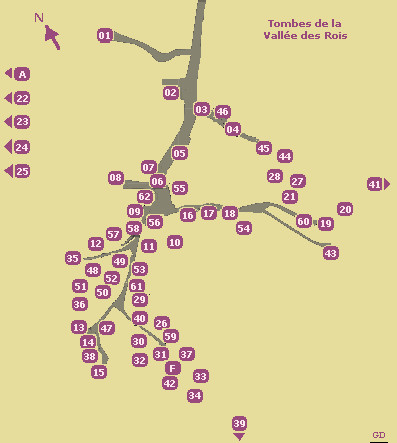“Tending to the Dead: Rites, Texts and an Embalming Workshop at Saqqara (Part 2)” Ramadan Hussein (EEG Meeting Talk)
This is the second half of Ramadan Hussein’s talk that he gave to us at the Essex Egyptology Group in February – the first part is here. During this part of the talk Hussein told us about the exciting new discoveries that he & his team have made at Saqqara which have now been announced by the Ministry of Antiquities (see also the Tübingen University announcement). Ramadan Hussein on site at Saqqara in October 2016 Hussein said that they have continued to excavate the area to the south of the three tombs he discussed in the first half of his talk. As a reminder, on top of the main shaft they discovered the remnants of a basic superstructure and then to the south of this was a chapel for offerings. The initial discovery for this further excavation was a small shaft the size of the side shafts of the tombs… Read More »“Tending to the Dead: Rites, Texts and an Embalming Workshop at Saqqara (Part 2)” Ramadan Hussein (EEG Meeting Talk)
